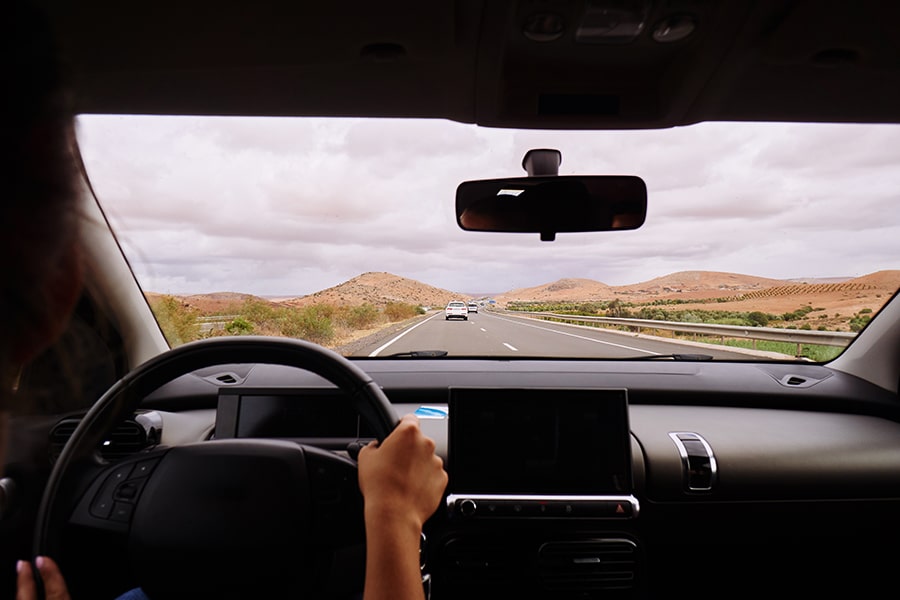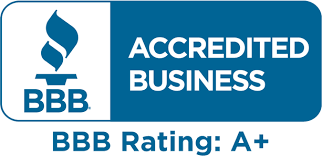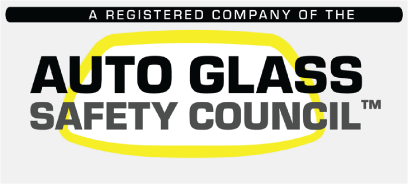Why Don't Windshields Shatter Upon Impact?
- Details

Windshields are designed to withstand road debris, weather conditions, strong air pressure, and most importantly, stay intact during a collision. Unlike traditional glass, like glassware and windows in homes, autoglass goes through a special process that makes it more durable than other types of glass. Instead of breaking into sharp shards, autoglass will crack or spiderweb without collapsing.
Laminated Glass Structure
Windshields are made from laminated glass. This type of glass is built using layers of standard glass with a protective layer of polyvinyl butyral (PVB) in between. These layers are then bonded together using heat and pressure.
The inner PVB layer is the key. When the outer glass is struck, it might break, but the PVB holds the pieces in place. Instead of shattering, the windshield remains largely intact. This not only keeps broken glass from flying inside the car but also maintains a protective barrier between the cabin and the outside.
Absorbing and Distributing Force
A major reason windshields don’t shatter upon impact is the way laminated glass absorbs and spreads energy. When something hits the glass, the force doesn’t stay localized. It moves across the surface. This distribution helps reduce the risk of breakage.
In a collision, the windshield’s structure prevents large openings from forming. The energy from the crash may crack the glass, but the bond between the layers keeps it from caving in.
Passenger Safety and Airbag Support
Windshields are part of a car’s overall safety system. In some vehicles, the passenger-side airbag deploys upward and bounces off the windshield before cushioning the passenger. If the glass were to shatter, the airbag might not work as intended. That’s why the windshield must stay intact, even when damaged.
The laminated design also helps keep occupants inside the vehicle during a crash. Ejection from the cabin often leads to severe injuries or death. A strong windshield acts as a barrier that helps reduce that risk.
Windshield Standards and Crash Testing
Auto safety standards require windshields to meet specific impact tests. These tests simulate real-life crashes and flying debris. Laminated glass must show resistance to penetration and remain in one piece under stress.
Manufacturers test how well the windshield holds up during high-speed impacts. Results from these tests guide how new windshields are designed and improved. The goal is to reduce injury risks while keeping visibility high.
What Happens When a Windshield Breaks
Even though windshields are strong, they’re not indestructible. In a major collision, they can still crack or even break apart. However, due to the PVB layer, the pieces usually remain stuck together. The glass may look like a spiderweb, but it won’t crumble or fly inward.
This gives the driver a chance to maintain control or safely exit the vehicle. After any damage, it’s important to replace the windshield quickly. Cracks can worsen with time and compromise structural safety.
Windshields don’t shatter upon impact because they’re designed not to. Laminated glass, with its layered structure, works to hold the glass in place during collisions. This design protects drivers and passengers by preventing glass shards, supporting airbag deployment, and helping keep occupants safely inside the vehicle.
A cracked or damaged windshield should be repaired or replaced as soon as possible. It’s important to know when to replace a cracked windshield and take preventative measures to prevent auto glass damage while on the road.
Trusted Auto Glass Repair in Richmond, VA
At Smiley’s Glass, we specialize in fast, professional windshield replacement and repair to keep you safe on the road. Contact us today for service you can trust. We offer mobile installation for our services to fit your busy schedule. Call us today at (804) 320-7172 or visit us online for a free quote.








